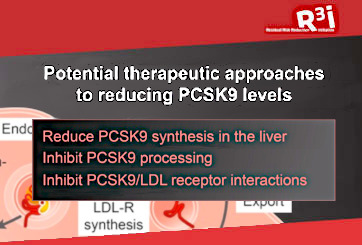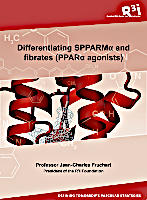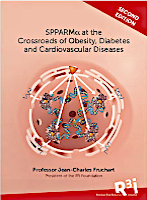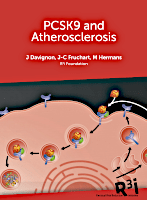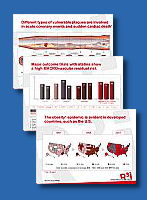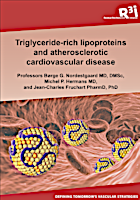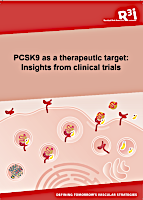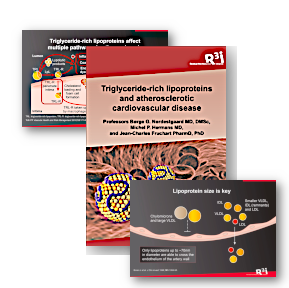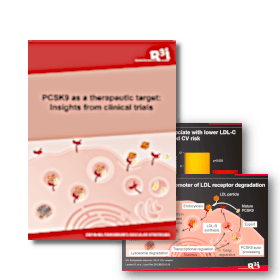To date, cholesterol and inflammation are the main targets for managing residual vascular risk.
Added to this, important findings from cardiovascular outcome trials with novel glucose-lowering therapies, i.e., sodium‐glucose cotransporter‐2 inhibitors and glucagon‐like peptide‐1 receptor agonists, prompted a shift in guidelines to incorporate these agents in preventive approaches in patients with type 2 diabetes and atherosclerotic cardiovascular disease or risk factors.
Less well investigated, however, is the interplay of microvascular and cardiovascular disease in residual vascular risk, despite evidence that microvascular dysfunction underlies many manifestations of cardiovascular disease.

Login
Register












